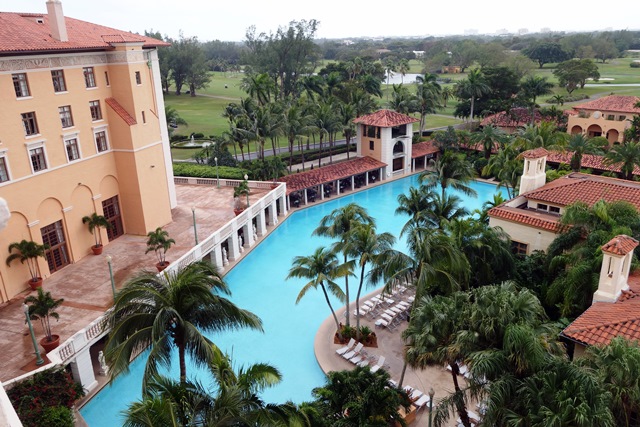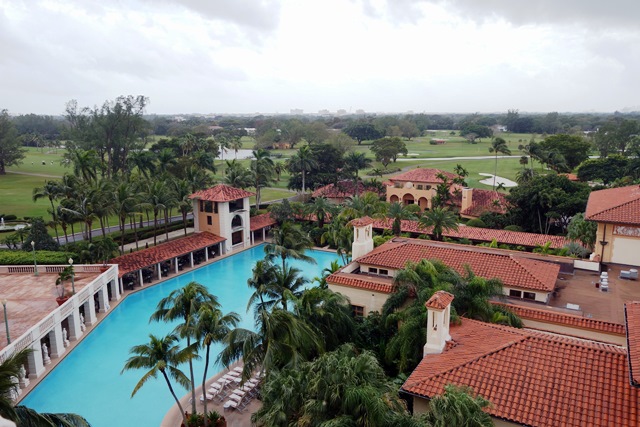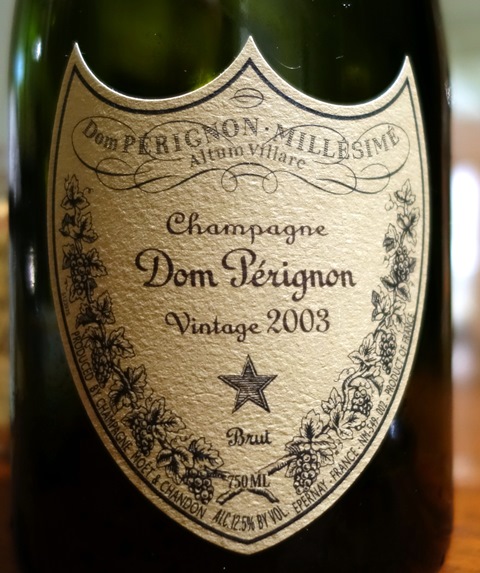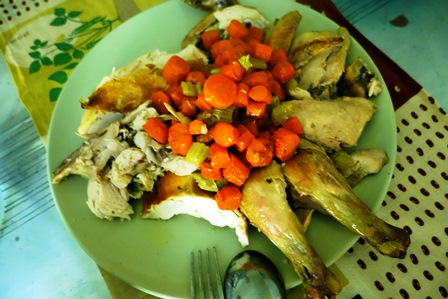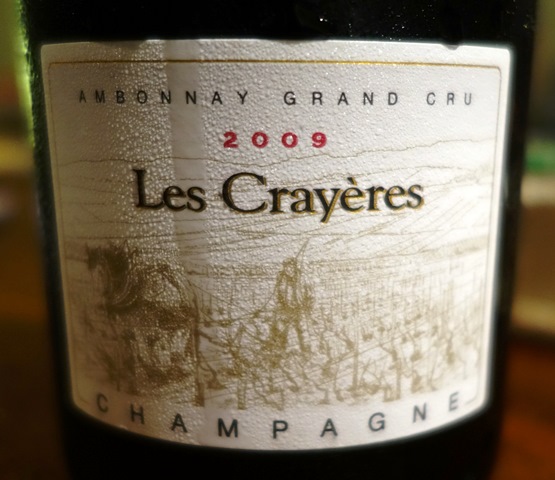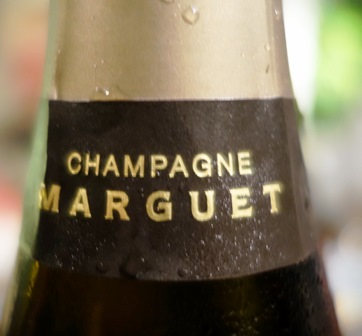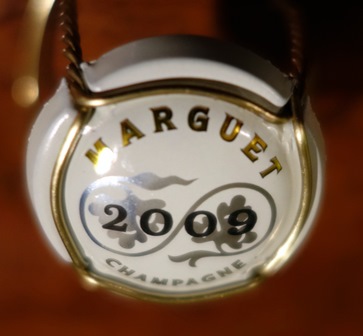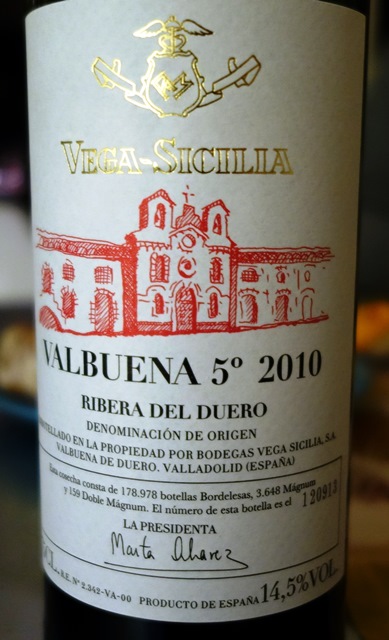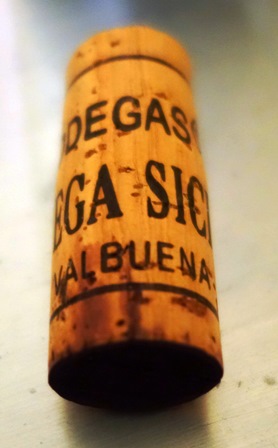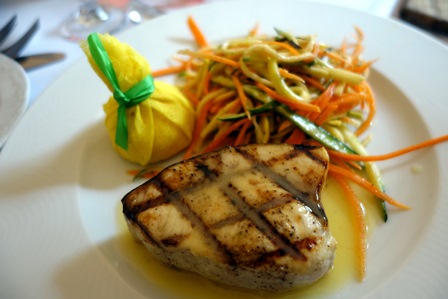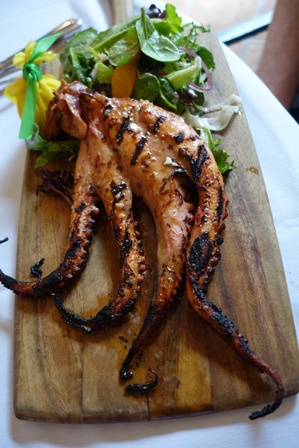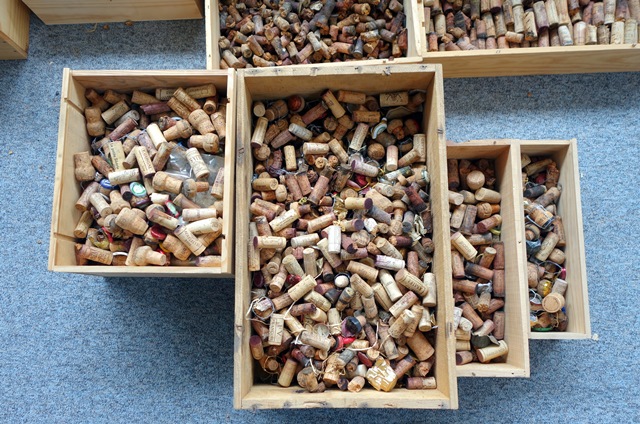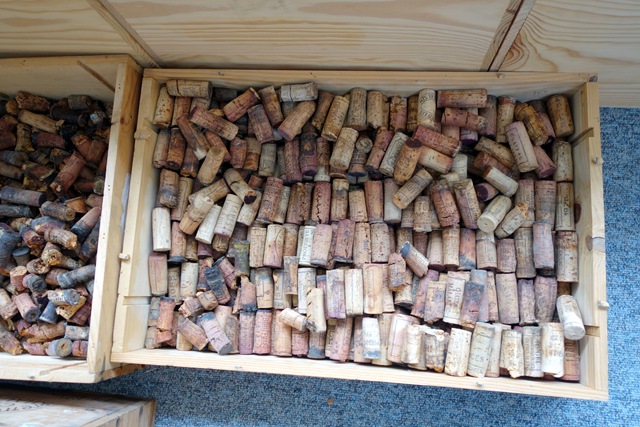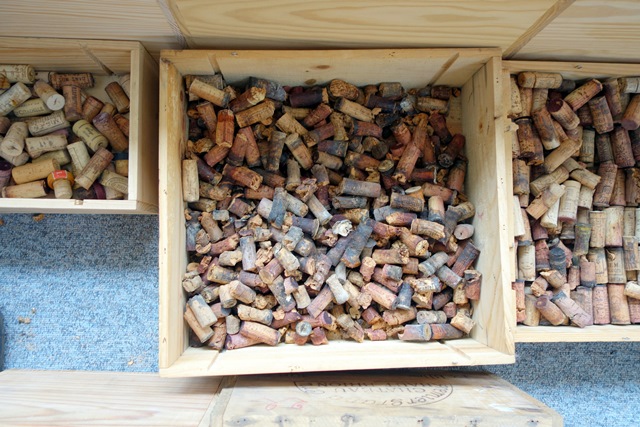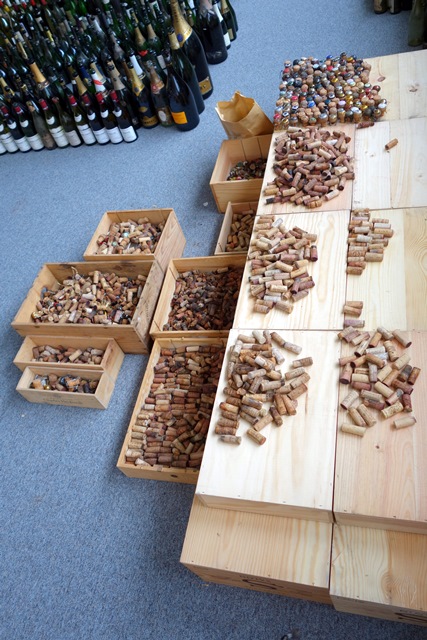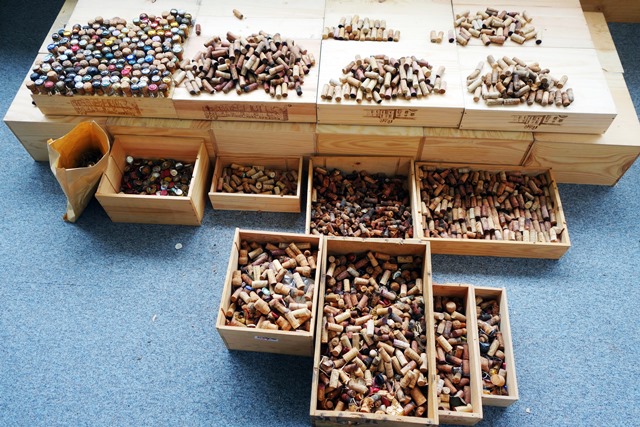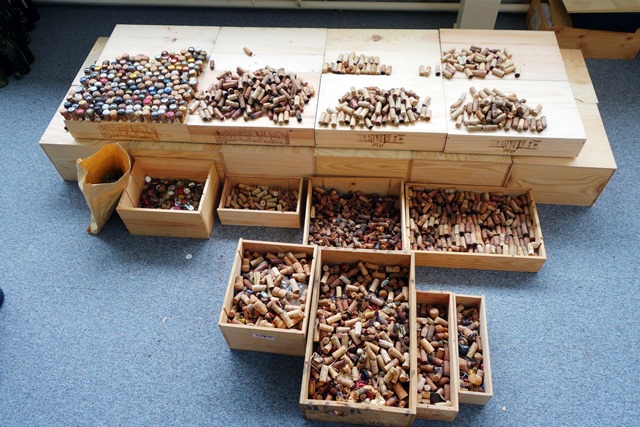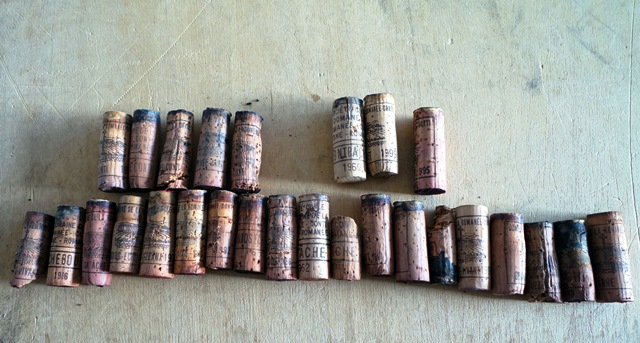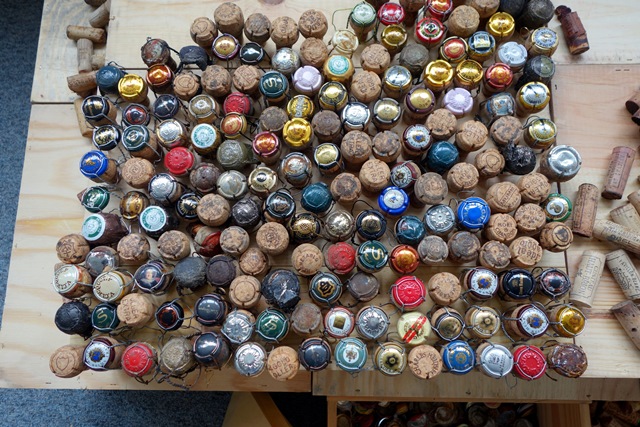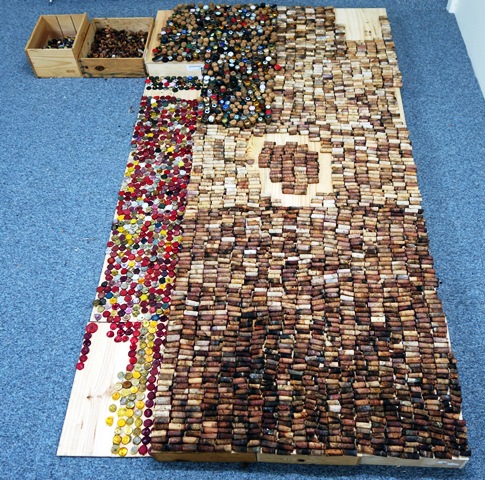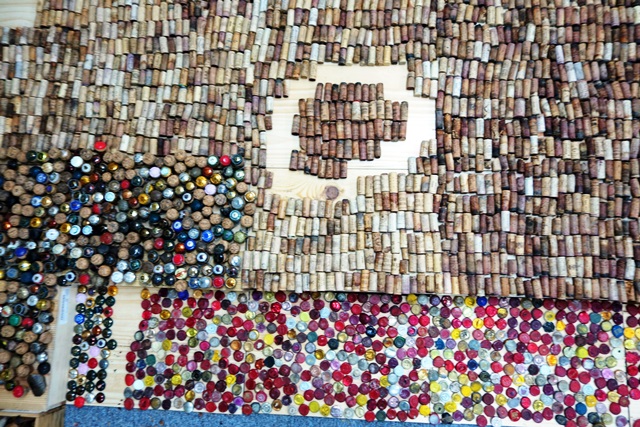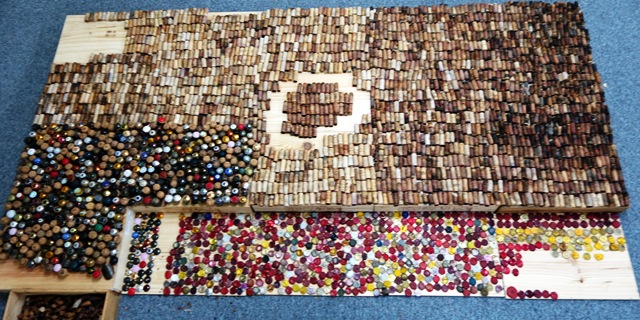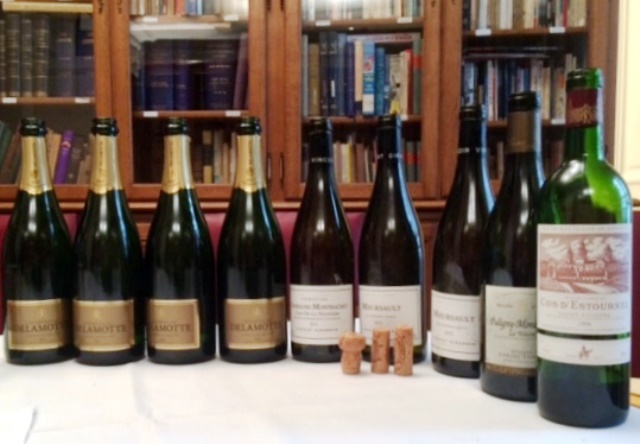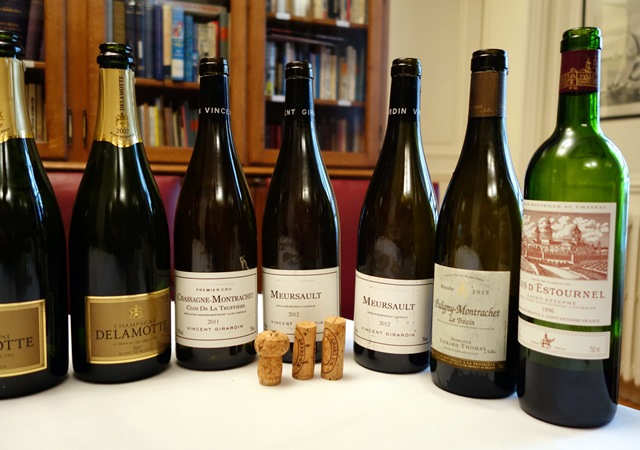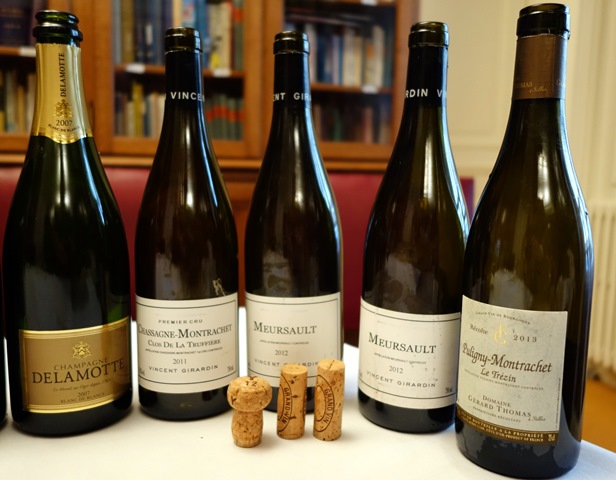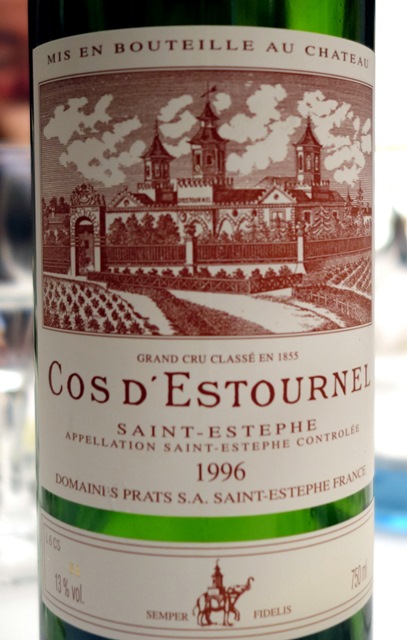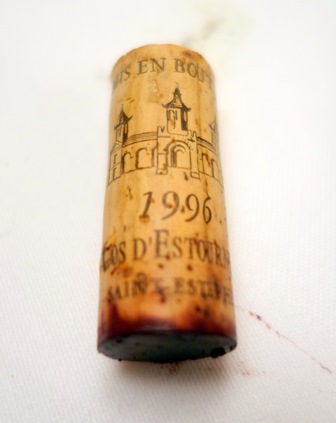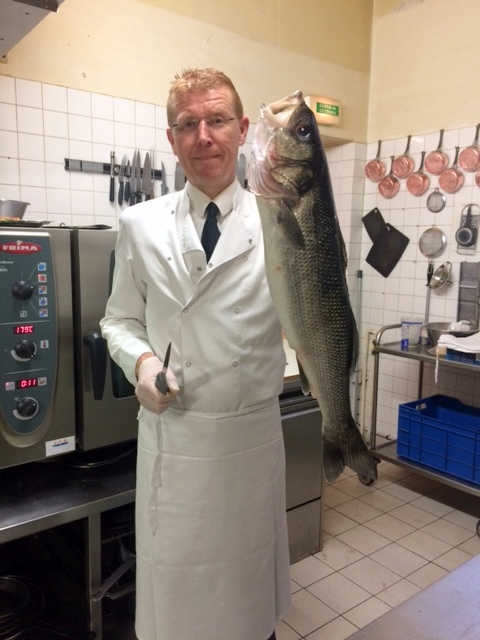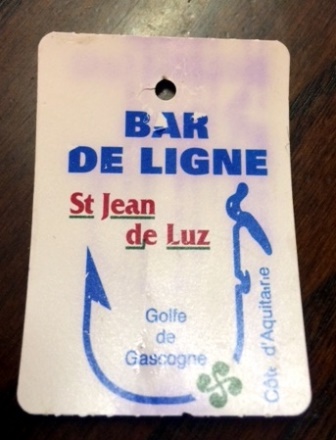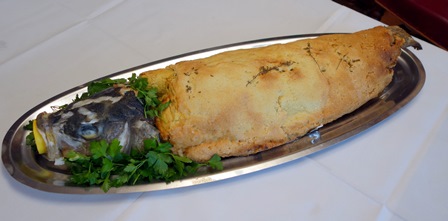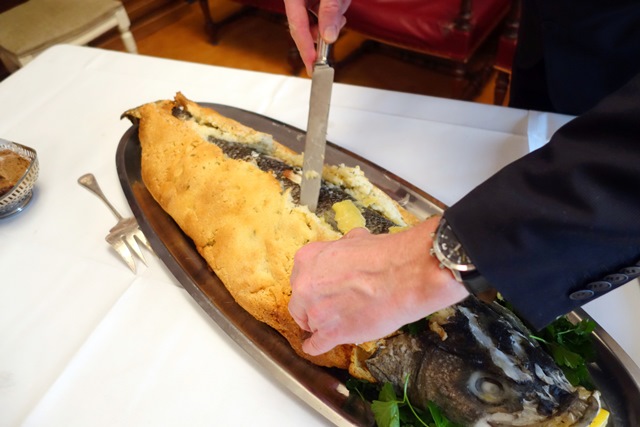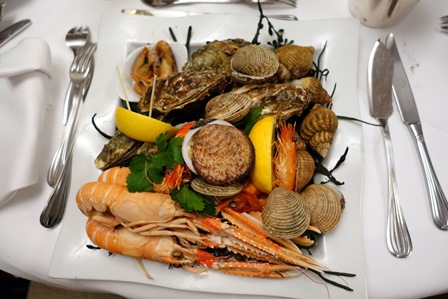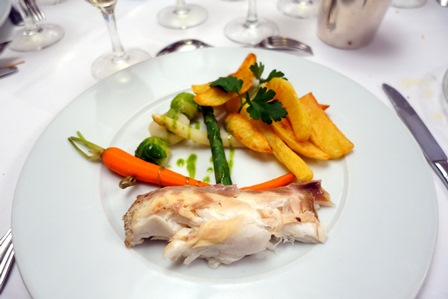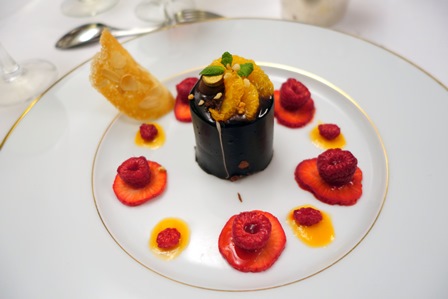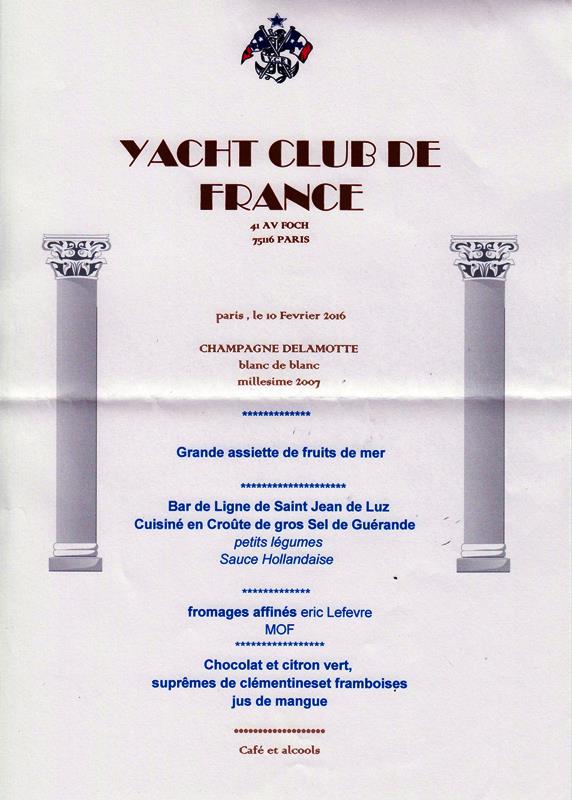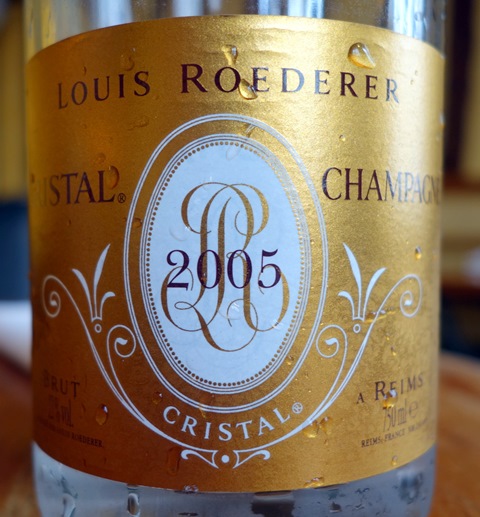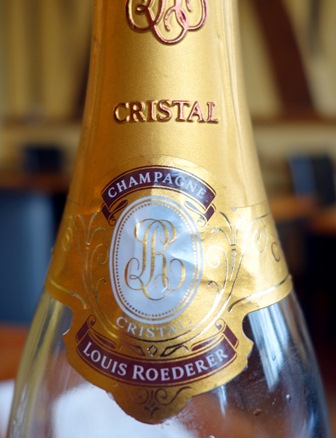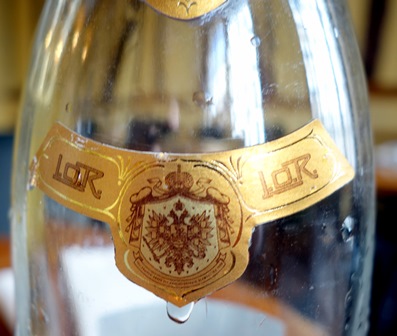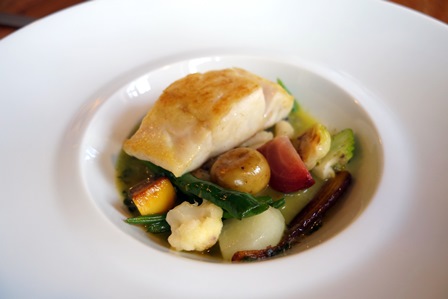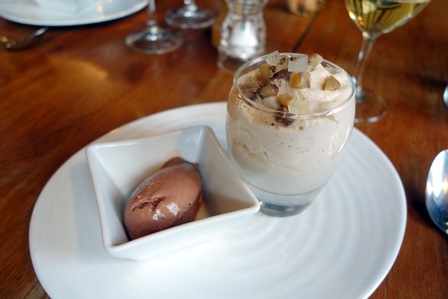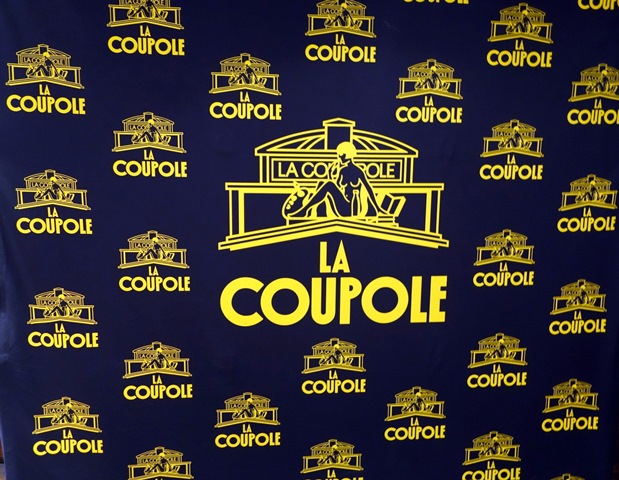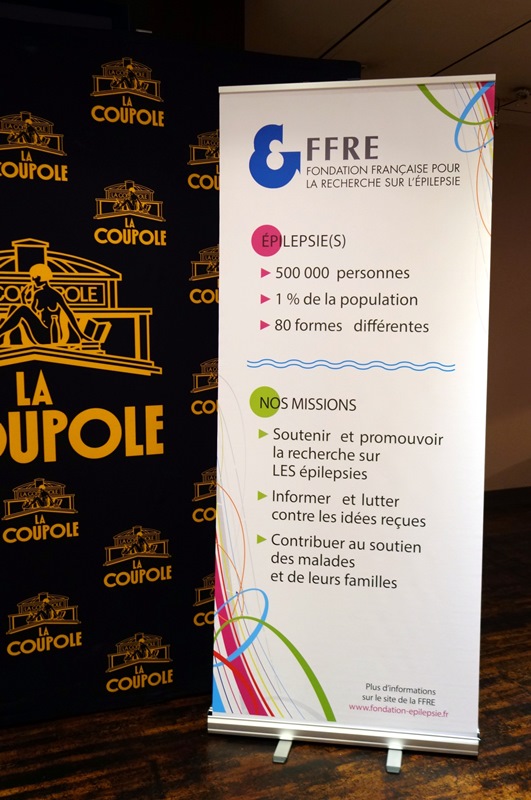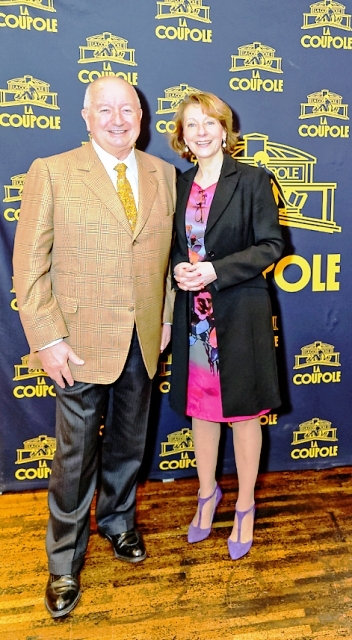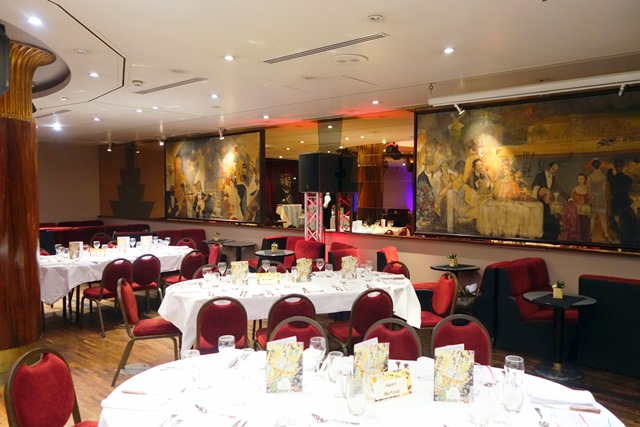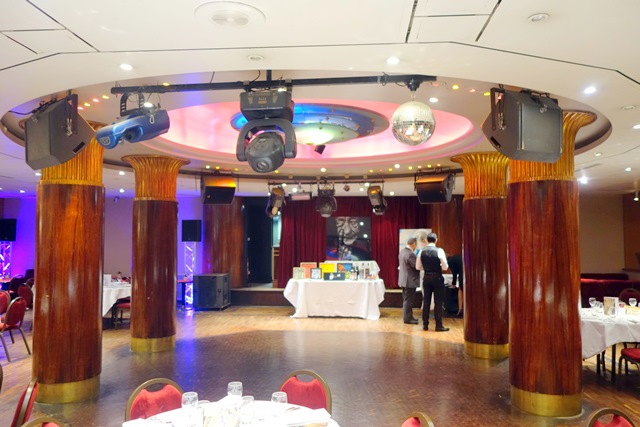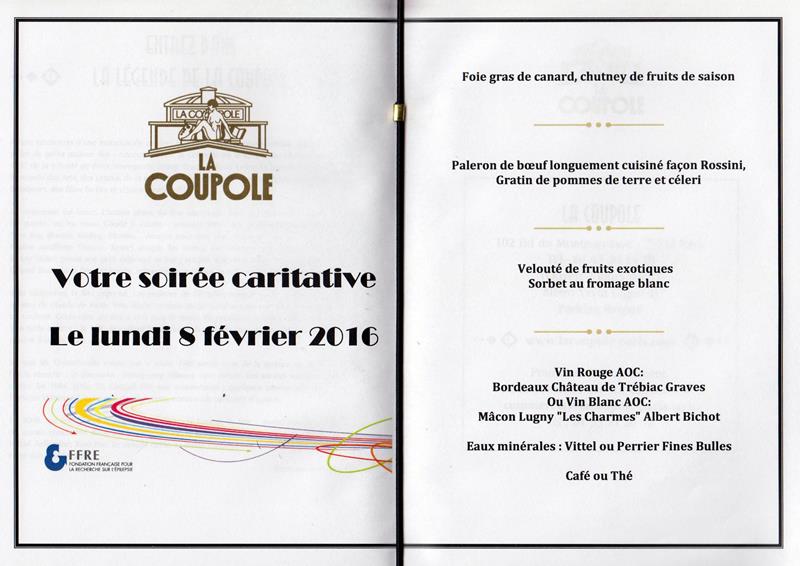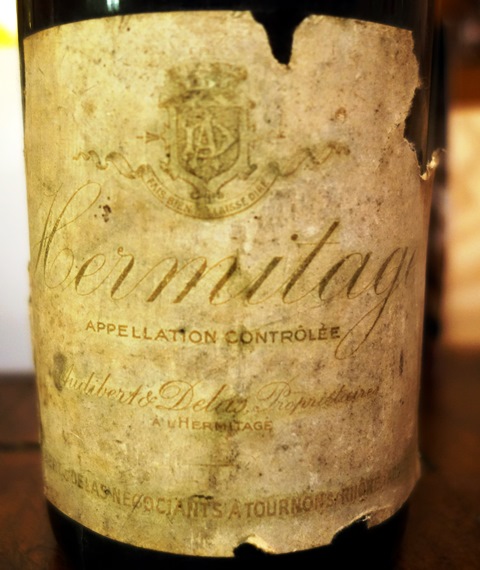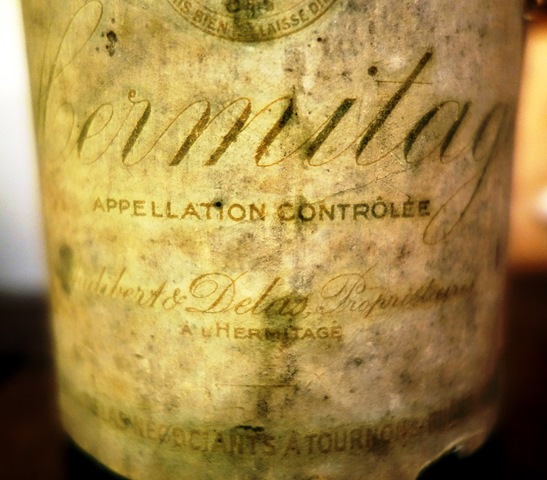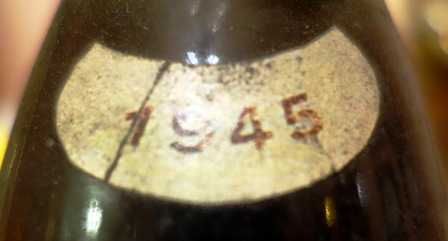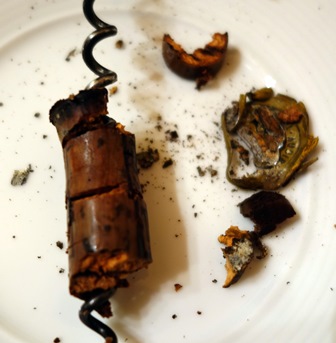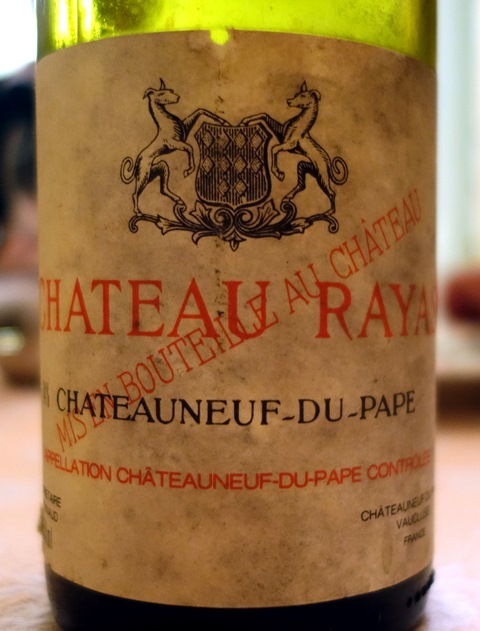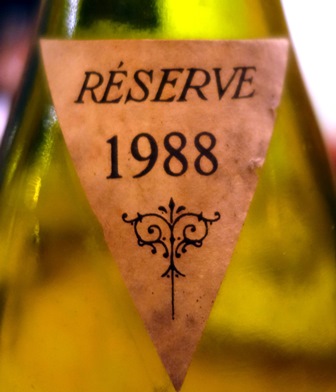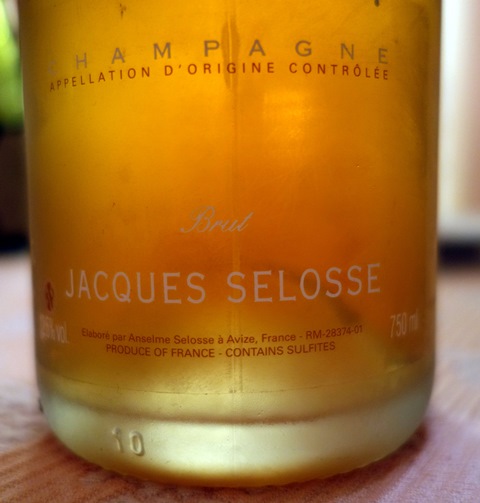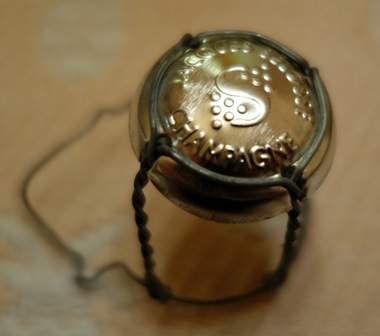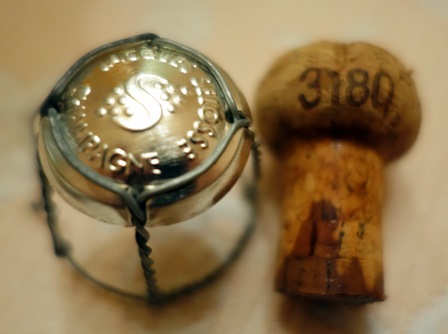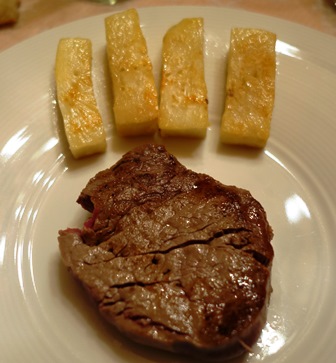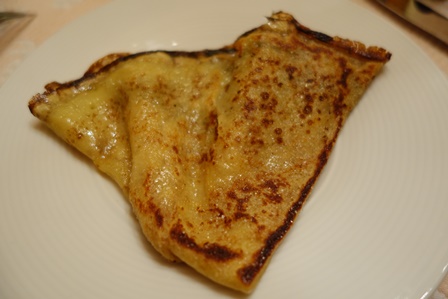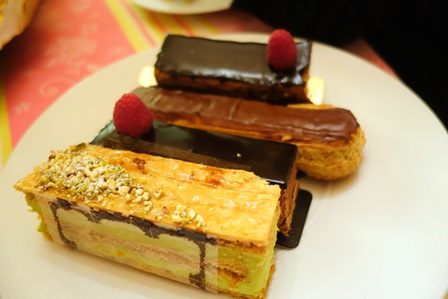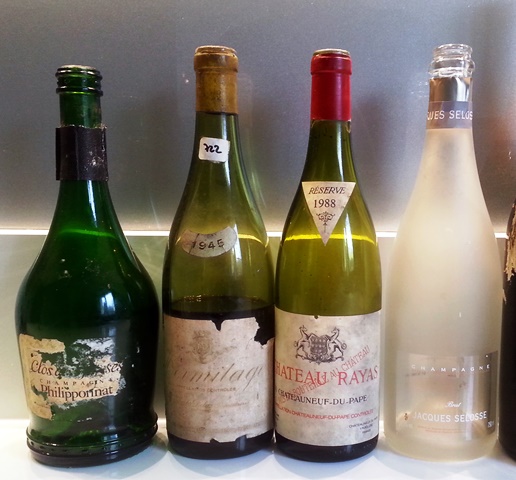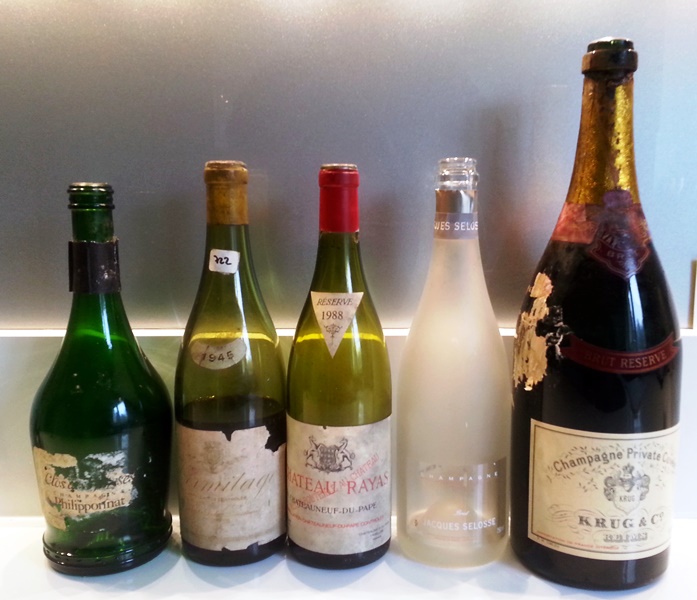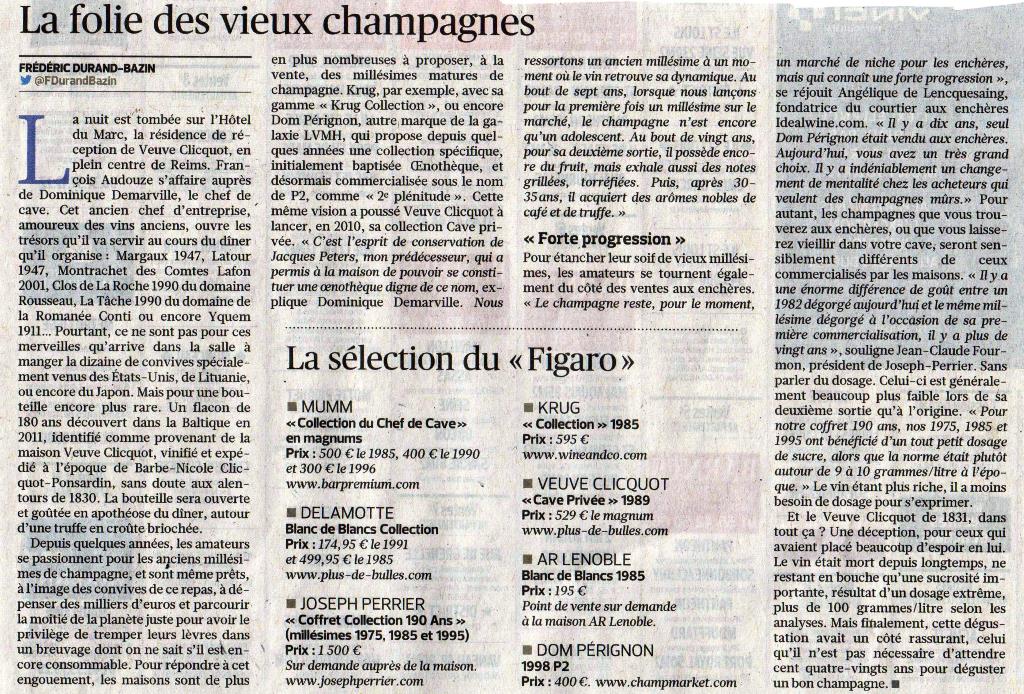A great vertical of Pommard Epenots domaine Parent proves the efficiency of slow ox method
I have very quickly translated my text of this verticale with Google Translation. There are certainly mistakes I do apologize for that.
I did not change the text which is exactly what I wrote in 2008 and the French version here :
http://www.academiedesvinsanciens.org/une-belle-verticale-de-pommard-epenots-parent/
you should go there to see the pictures of the event.
http://www.academiedesvinsanciens.org/verticale-de-pommard-epenots-parent-dans-le-vaucluse/
Just a few months I had been staying with a couple of Burgundian winemakers who have chosen to escape the weekend amid Rhône Valley vineyards. We talked wine, as it happens between wine lovers. An appointment was determined by my cousin who is a friend of the winemakers, so that together we could taste some antique bottles.
My wife and I arrived on Friday afternoon with my cousin and I’ll drop my wines to the vacation house of the winemakers. François Parent shows me an incredible number of bottles of all sizes and said, « all those bottles of the family winery have their original corks. I planned rescue bottles if maderization or default. » It turns out that François Parent, who opens occasionally one or two old bottles, will only make the third major vertical of wines of his Domaine. The first was made with Robert Parker in the early 80s, the second took place three years ago with Allen Meadows, the man who undoubtedly knows best Burgundy wines as Richard Juhlin knows champagnes, and third is done in the presence of a few friends and myself, what I feel like an honor. An additional mark of esteem is that François accepts myself to open wines, operation he never confided to anyone else. Bravado or encouragement, without seeing the wines, I start « tomorrow there will be no waste and no necessity to open extra bottles. »
We return to my cousin for dinner and we start with a pure Chardonnay champagne, Lady N Le Brun de Neuville. It is gently drinkable and pleasantly fits well with foie gras made by his son that one pepper lightly. On a soup with chestnuts and toasted chestnuts, my cousin opened a Arbois yellow wine Rolet Père & Fils 1995. The wine is very powerful. The agreement is smooth, comfortable. While this yellow wine delights me, imperious nose, virile and pervasive taste and a talented final. We fear that such wine not overbearing overshadows the wine to follow, but we’re getting. On a cod with orange, the Clos de la Coulee de Serrant Ms. Joly 1983 is appropriate as divinely elegant lemony acidity with prepared fish. What strikes me is the precision of the frame of this wine. I appreciate this wine to the period before the pope of biodynamics, Nicolas Joly. It clearly shows that we should drink this wine when it is adult. The acidity of the rhubarb pie with currants refuses any wine.
The next morning the hot sun illuminates the Vaucluse. My cousin hand pluck the thrushes, François Parent and Anne-Françoise Gros are busy. In a few hours I will open wines accompanied by one of my most faithful companions of old wine dinners and our wives. All abuzz pregame recollection.
I arrived a little late, at 17.30 instead 17.00 and I’m a little nervous because I want to demonstrate my opening method is the clearest possible but François Parent is as nervous as me because he would never so early open his antique bottles. François opens all bottles subsequent to 1947 and I open all older. The original corks up which are very dry and break like the crust of a dry lake. But the bottom corks are very flexible. The corks stick to the necks and are removed with difficulty but are integers, except the 1886 Pommard being torn apart. François is surprised that I find very good wines with unpleasant odors, but he accepts the experience. Anne-Françoise shows me the menu and wonder how I thus apportion wines to dishes that do not have all been designed for them, since the wines of my friend and mine were not announced.
The developed by Anne-Francoise Gros menu is: fish terrine, St. Jacques scallops on a bed of Vosne-Romanée / thrushes Vaucluse to pin / the deer roast, celery purée, potato and wild truffles / cheese platter Burgundy / apple pie and quince Pommard / roasted pineapple, lemongrass skewer, ginger cream.
We take an aperitif at the fireplace where a thrush company rotates the spindle, each bird is separated from the other by slices of bacon, two half-loaves under thrushes collecting cooking seeps. The champagne Henriot Cuvée des Enchanteleurs 1983 I brought has good acidity, freshness, which nicely fills the mouth. It does not have the density or complexity of champagnes typed as Salon or Krug, but we have a very comfortable expressing fine champagne. We must accustom Champagne Blanc de Blancs 1952 Mahu brought by my friend, because he lost his bubble, has an amber color and has a very strong wine that evokes a little Jura wines, with less force. Everyone being amateur wine is appreciated. However, it has aged more than he should have, which does not diminish his interest.
We go to the table and the bowl there are two wines: a 1976 Echezeaux Domaine Gustave Gros in half bottles and a magnum of Pommard Chaponnières Domaine Parent 1990. Pommard is a joyful youth, with a beautiful fruit and the cousin love it and will continue repeating. 1976 is a great personality, shows no drought, and does not suffer from his bottle format. We will drink two, very good quality. Both wines are dissimilar but coexist and the agreement with the dish is relevant. I love the message of 1976.
On thrushes, I wanted to join the Parent Pommard Epenots Domaine 1964 with the Pommard Jeroboam Epenots Domaine Parent 1933. And it works very well. One is struck by the similarity of taste between the two, which are the expression of the terroir of the Parent domain. 1964 has blossomed, slightly bitter and 1933, my friend and I like particularly, shows a beautiful complexity for the year, the best of the 30s, without a year of great influence. 1933 we like a lot.
The roast doe we have two series of wines of the finest vintages. The first set comprises the Domaine Parent Pommard Epenots 1959 and Pommard Epenots Domaine Parent 1947. The youngest is of great elegance and lightness that mark a long journey in the mouth. The contrast is striking with the 1947 rounder, fuller, more complex, more rich. I am quite stunned by the perfection of 1947 when my cousin did not see much difference with 1959. François Parent finds an opening made several hours before round the wines and the wine is good from the first sip to the last since it took a long time for aeration.
The second set includes Pommard Epenots Domaine Parent 1928 and Pommard Epenots Domaine Parent 1915. Could we imagine two more different wines and also perfect, each in its register? 1928 is in line with the 1947, but it has everything and more. My friend and I immediately say that for 1928, it has all of 1928. But it was more than that. It is powerful, strong, robust, complex, with a spectacular presence in mouth. Looks like this is the perfect Pommard, which seems more than happy Pommard the beginning of the meal. Anne-Françoise says drinking the 1915 « this is the rose. » And I tell the story of the first meals I had shared with Alain Senderens for which I brought my darling Nuits-Saint-Georges Les Cailles Morin 1915. Alain had loved and had asked a butler search for rose petals. And we had chewed rose petals and drank the divine agreement for 1915. Anne-Francoise had found the same evocation Alain on a wine of the same year. The 1915 is a wine of incredible sensuality. It is sexy, disturbing, seductive, and takes us on taste tracks that we would not have imagined. There are some similarities between 1915 and 1933, the oldest having a significantly higher charm. We were pretty impressed that we can have all the 1928-assured and domineering and romantic 1915 basket of roses with a feminine charm.
I wanted the two older wines are tasted without food, but we pecked cheese, Chambertin suitable well to the development of these two ancestors. The Pommard 1904 Parent Epenots Domaine a fairly astonishing color that Francis knows well, very red blood which is almost unbelievable this year. The wine is good, pleasing, distinctive, expressive, but is beginning to feel the effects of age even if the wine is nimble. The Pommard 1886 Epenots Domaine Parent moving. It comes pre-phylloxera vines were uprooted in 1895. The wine was a low level is still alive and François was pleased agility. But the more you drink it as a touching relic that like a fine wine. One detail struck me: François knows everything about the history of each year and explains the taste of each wine by climatology and resulting decisions.
We’re going on cheese make a powerful statement of accuracy. The Pommard Epenots Domaine Parent magnum 1985 and Pommard Epenots Domaine Parent magnum 1978 are wines that make a leap of almost a century with the wine we had left. And if the youth is beautiful, the wines appear to us at the time as too young, not enough structured, assembled not enough, not enough homogeneous. Wines that have more than twenty years seem like kids wines of the year.
My friend is very sad because his Vouvray Clos du Bourg 1959 Huet is nice, but a hundred cubits he can show, as if he had a cold. I brought two sweet. Le Pin Domaine 1st Côtes de Bordeaux 1937 I announced as a sauternes, and 1941, because the bottle had no label has a nicely citrus nose. On the palate, citrus fruits are present, but the wine lacks a little safe. The Chateau Rayne-Vigneau 1936, a very amber caramel nose. Anne-Françoise sees chocolate I have trouble finding. In the mouth it is very caramel and blends well with the sauce of pineapple crafted by the couple of Dutch guests participating in the meal. This wine will be highly favored in votes, but I find that both sweet that I brought, like the Huet, playing small arms during the evening.
Beyond two in the morning, under a starry sky, Cuban scrolls form the clouds and only marry a fine Burgundy Parent that can be dated between 1890 and 1904 from a barrel of 228 liters evaporated leaving only 50 liters at bottling. From birth to 70 °, there is still an alcoholic strength to break through the walls.
We voted for the four wines that were most popular. Despite great differences, the consensus is largely made on the first two. The consensus of the vote would be: 1 – Pommard Epenots field Parent 1915 2 – Pommard Epenots field Parent 1928 3 – Pommard Epenots field Parent 1947 4 – Château Rayne Vigneau, 1936. My vote is almost the same, being replaced by the sauternes champagne Henriot Cuvée des Enchanteleurs 1983.
I would draw from this magnificent vertical the following lessons. The excellence of this Pommard period is between 1959 and 1915. The youngest have not yet reached the roundness that highlights them, and beyond 1915, the older wines, although interesting, are now historical evidence more than the taste of serenity. They exceeded their threshold of interest, while the 1928 show by example an almost infinite longevity. The greatest source of pride for me is the total success of my opening method. François Parent acknowledged that he would have rejected two wines, but 1933 and 1886 have corresponded to what could be expected. This is the first time in these verticals, he was not obliged to open emergency bottles, and found that wine enhanced by slow oxygenation, appears on the table in the more fulfilled state they would be able to offer.
The noon the next day under a heavy sun that normally would never in January, brunch brings us to comment on the wonderful dinner the night before. The 1990 is still as cheerful, 1964 became more bitter and has lost some of its luster. The 1985 is constant, and it is especially the 1978, which has improved incredibly. No longer faced with the talent of 28 and 47, it shows a love of life and a balance that did not yesterday, that reconciles us with the wines of this age.
This impressive vertical in a friendly atmosphere between old wine connoisseurs learned many things for everyone.
(end of report)
Conclusion :
a winemaker allowed me to open his wines
by provocation I said : we will not use extra bottles and we did not (happy chance)
the winemaker would have opened two extra bottles and it was not necessary
he had the demonstration that wines are enlarged by slow ox method.
